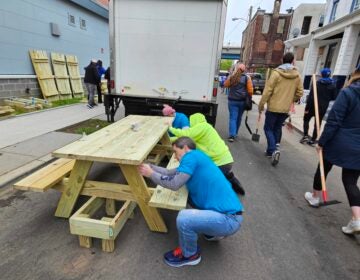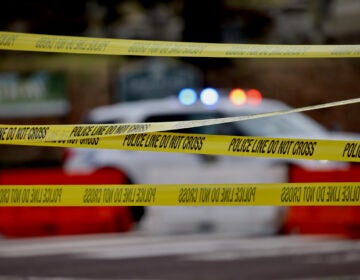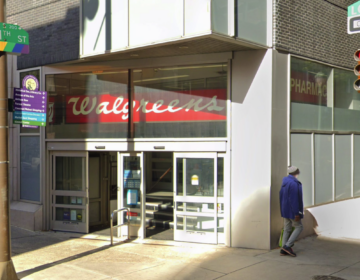History offers explanations for deadly Germantown flood
The news report was as chilling as it was mystifying: on September 8th a young woman drowned in a flash flood while driving in East Germantown. The tragedy occurred at East Haines and Musgrave Streets, an area on high ground and miles from open water. How could this have happened?
To understand this tragedy, and to understand why some Philadelphia areas at high elevations still flood, we must look back more than a hundred years. In the late 1800s the city decided to pursue an ambitious and progressive plan: encapsulating the city’s surface streams. The project spanned decades, eventually diverting 73% of surface streams into underground pipes.
This massive project was undertaken largely as a health reform measure. Scientists had discovered that the bacteria causing two of the most frightening illnesses of the time, typhoid fever and cholera, was transmitted by water. Typhoid in particular was a serious public health issue; in the years between 1860 and 1909, more than 27,000 Philadelphians died of it, and many more were sickened.
In an effort to protect the purity of Philadelphia’s drinking water supply, the city had already begun buying up land on either side of the Schuylkill River, eventually leading to the creation of Fairmount Park system. But there was difficulty monitoring the smaller tributaries that emptied into the Schuylkill.
In the 19th century hydropower from these smaller streams was used to run dye houses, textile factories, slaughterhouses and tanneries. Waste from these industries, as well as domestic waste, was disposed of into the streams, which flowed directly into the public water supply.
Diverting streams into pipes was viewed as a way to protect clean water from contamination before it reached the Schuylkill, the source of Philadelphia’s drinking water. At the time, it was the largest city infrastructure project ever undertaken. To make the project more efficient, the pipes carrying streams were engineered to carry wastewater from indoor plumbing as well, a design known as a combined system. Storm water would enter the pipes through intake grates, and wastewater from houses and businesses; all to be carried downstream to a wastewater treatment plant.
The sewer system designed a hundred years ago to safeguard the health of Philadelphians is still in use today, and by all accounts will be for many years to come. But encapsulating most of our waterways has come at a price, particularly in the case of the historic watershed of the Wingohocking Creek.
The Wingohocking was once the largest tributary of Frankford Creek. Today it is contained under the neighborhoods of East Germantown and Logan. It is the creek valley upon which houses were built that eventually became infamous as the “Logan Triangle.” This was a neighborhood of more than 1,000 houses that had to be razed in the 1980s as they sank into the unstable ash and rubble that was used to fill the creek bed.
Other neighborhoods located on top of the buried Wingohocking have had longstanding issues with flooding during heavy rainfall. Since combined sewers are necessarily connected to people’s homes, when they are overwhelmed the water backs up into basements. Outside on the streets, water begins to pour out of sewer grates and manhole covers, at the same time that surface water has no place to drain. In an event like the one on September 8, when this section of Philadelphia received four inches of water in two hours, subterranean water pushes aboveground with enough force to create major flooding in basements and streets.
According to the interactive mapping website Philageohistory.org, the location of the fatal flooding on September 8 is exactly above the buried Wingohocking. The Philadelphia Water Department estimates that the amount of rainfall that day would be expected to come only once every 200 years, and they are undertaking measures to make areas located on historic watersheds safer.
It’s important that residents know where the historic watersheds are in their neighborhoods so they can exercise caution in these areas during heavy rainfall. To find out if your home is near an encapsulated stream, go to the Greater Philadelphia Geo History Network. For more information about watersheds in Philadelphia go to What’s On Tap.
WHYY is your source for fact-based, in-depth journalism and information. As a nonprofit organization, we rely on financial support from readers like you. Please give today.




